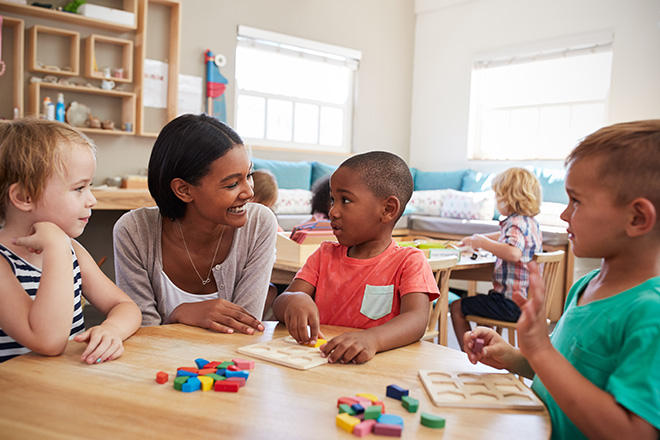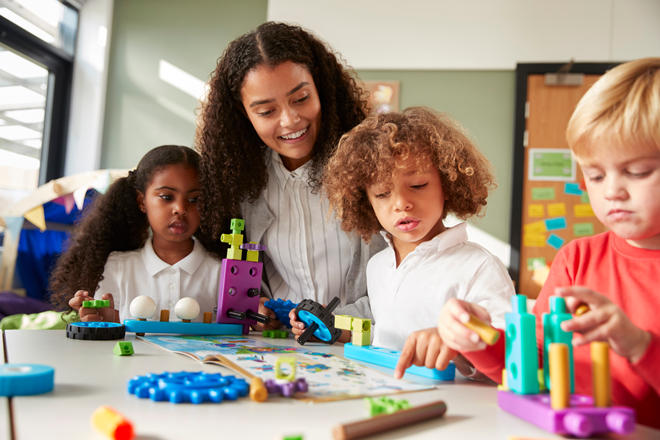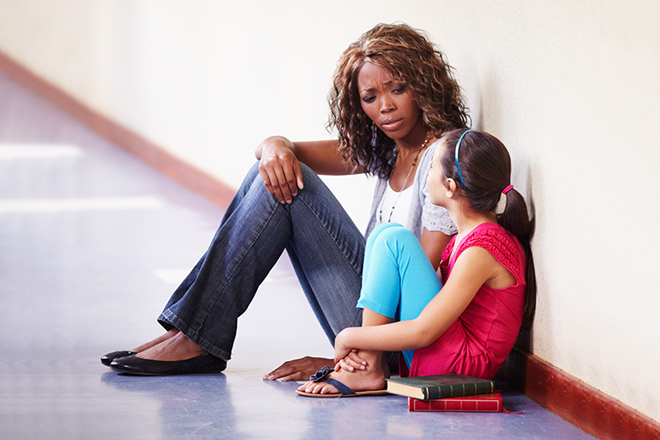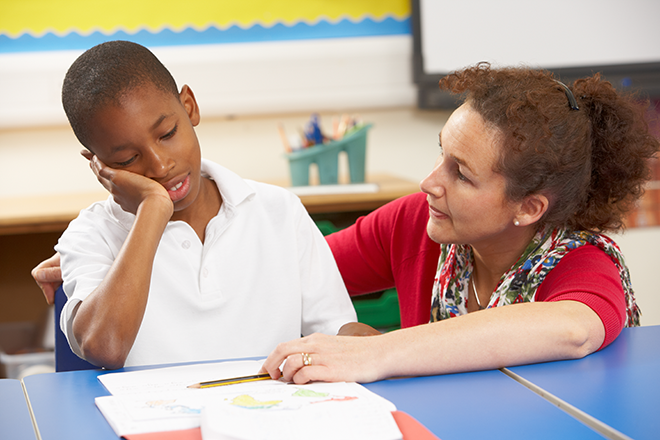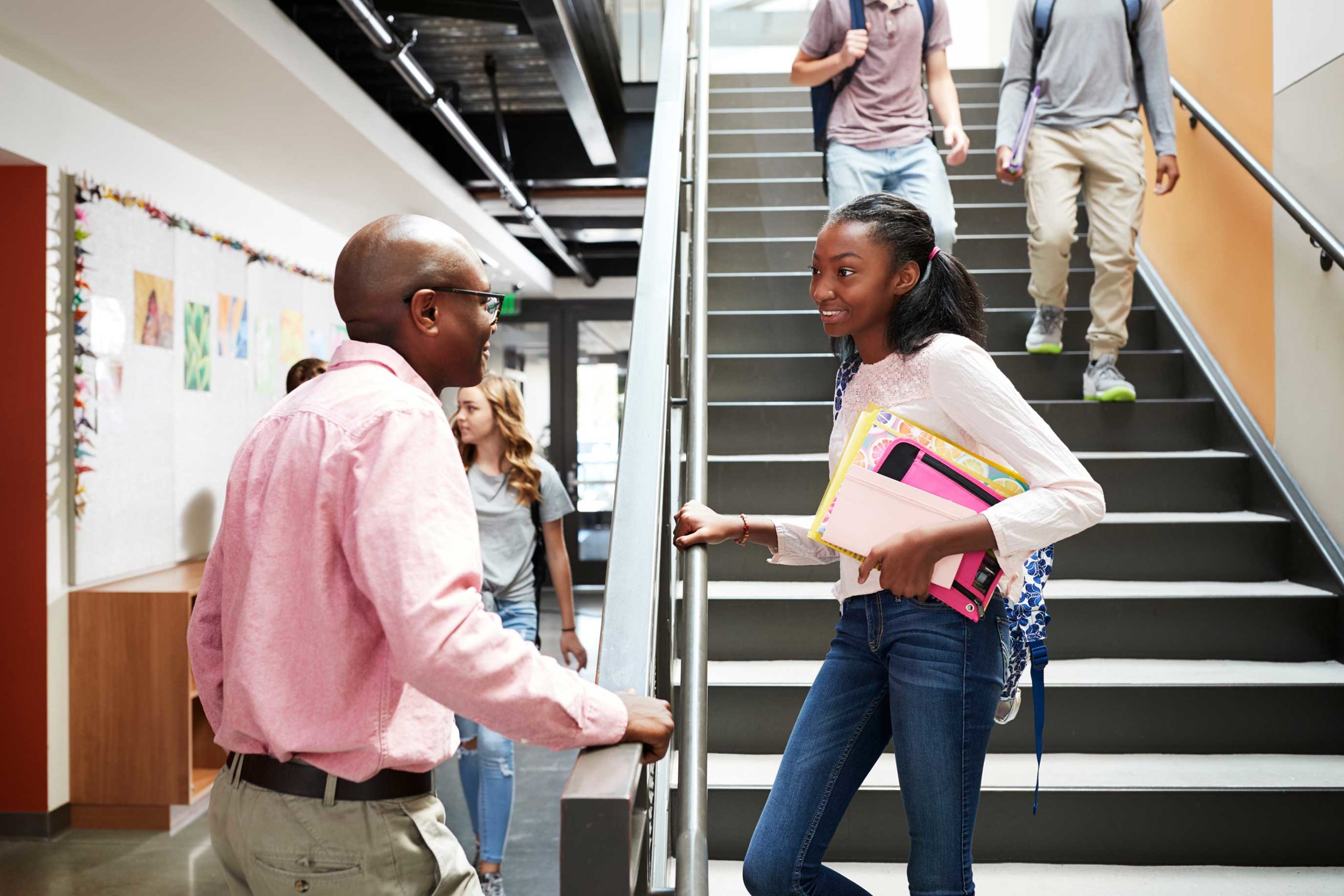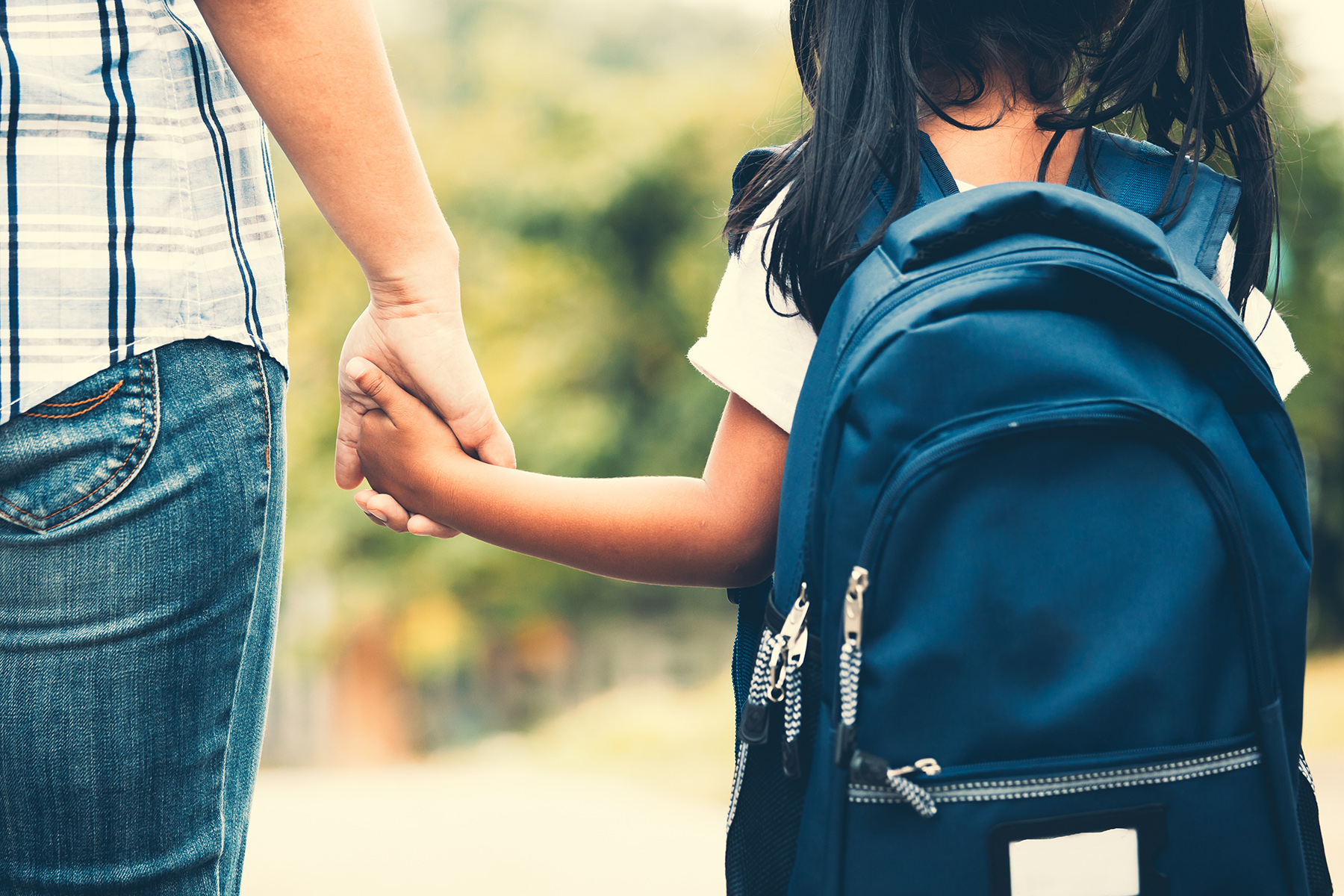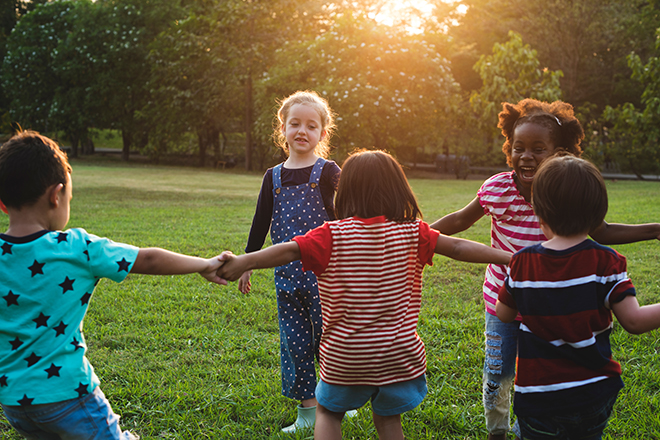Practice-based coaching (PBC) promotes a strong collaborative partnership between teachers and coaches to facilitate the use of effective instructional practices. The PBC process includes skills instruction on BEST in CLASS practices, shared goals and action planning, implementation support, classroom observation, and reflection and feedback.
The well-established connection between positive school climate and student success means that educators need to know how the climate at their school is faring. This information is particularly important now, after the prolonged disruptions in schooling from the COVID-19 pandemic. Getting and using feedback from students themselves about their school experiences is key to understanding school climate. But how do school and district leaders know which measures to use?
(NASP 2022) This presentation described results from an effectiveness study of the Tools for (NASP 2022) Getting Along (TFGA) social problem-solving program. Findings show robust positive effects of TFGA on social–emotional and behavioral outcomes of Grade 4 students in geographically and demographically diverse areas.

